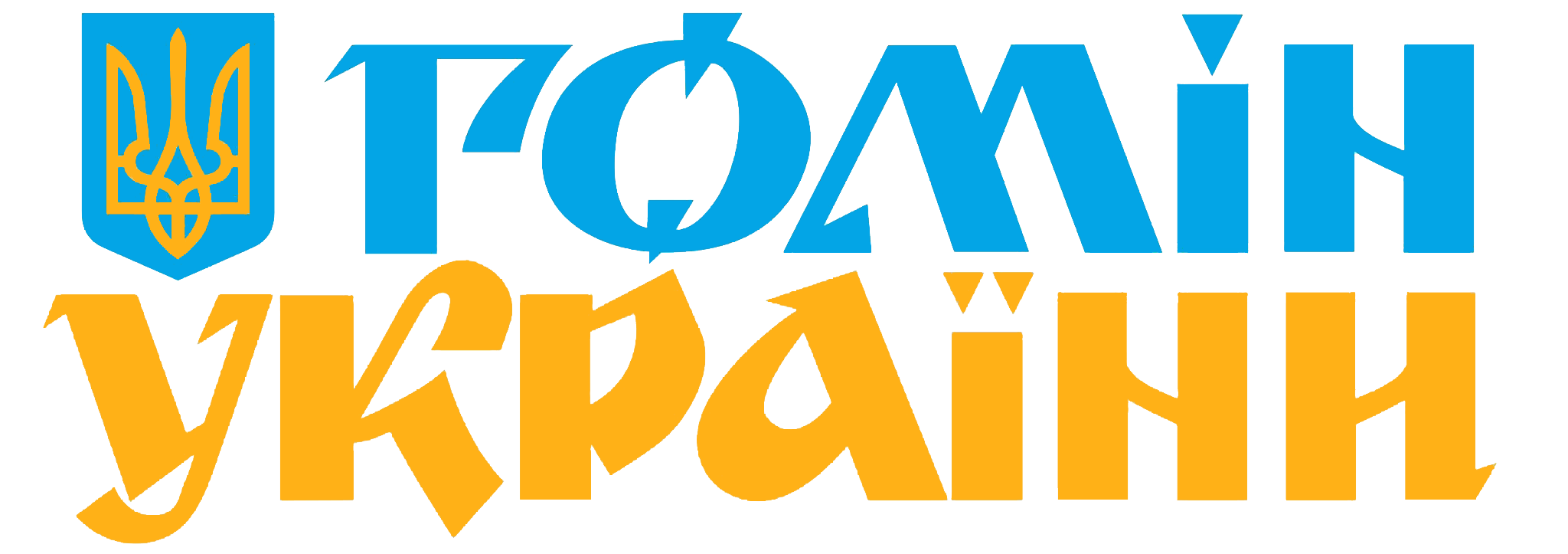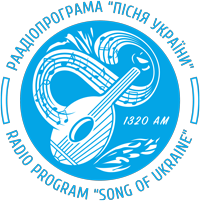Unmaking of Nations
By Bohdan Cherniawski
Feature Essay – September 9, 2025
Summary
The Russian Federation presents itself as a federation of equals, yet in practice it functions as an empire that suppresses and absorbs national aspirations. From Dagestan to Yakutia, resentment is real, but independence movements remain extraordinarily unlikely. Moscow sustains its grip through a four-part machinery: structural dependence on centralized infrastructure and subsidies, coercion and fear enforced by security services and disproportionate conscription of minorities, cultural erasure rooted in Soviet Russification and continued through language suppression and historical appropriation, and geopolitical leverage built on nuclear blackmail and support from other authoritarian states.
Unlike past empires, which tolerated pluralism to maintain stability, Russia openly seeks to erase its nations, denying them language, history, and selfhood. It does not merely rule peoples — it devours them. Backed by the world’s largest nuclear arsenal, this system poses not only as a domestic tragedy but a global danger.
Structural Barriers: Geography, Economy, and Dependency
The Russian political system is engineered for central dominance. Since 2004, regional governors are effectively appointed by the Kremlin. Budgets are centrally allocated, leaving republics without fiscal autonomy. Formal federalism exists, but sovereignty does not.
Demographic patterns weaken nationalist cohesion. In many republics — Tatarstan, Bashkortostan, Yakutia — ethnic Russians dominate urban centers. Census manipulation further distorts reality: after 2010 reforms, minority language affiliation plummeted, in part due to fear. The 2021 census showed Tatar speakers declining by more than 1 million compared to 2010, despite stable population numbers. This manufactured demographic fragility undermines separatist legitimacy.
Economically, regions remain locked into Moscow’s orbit. Yakutia’s diamond wealth flows through the state firm Alrosa; Tatarstan’s oil is managed by Tatneft but under federal oversight. Gazprom and Rosneft ensure hydrocarbon revenues enrich the center. Republics receive subsidies in return, breeding dependence. Without access to foreign markets, secession would mean economic collapse.
Geography and climate are leveraged as instruments of control. The Federation spans eleven time zones, with much of Siberia under permafrost. Infrastructure is sparse: Yakutia, the size of India, has fewer than 8,000 km of paved roads. Winter temperatures plunge to −40°C, making heating, transport, and food supply dependent on centralized allocation. Railroads and pipelines are designed to flow toward Moscow, not between neighboring republics or across borders. As a result, even resource-rich regions cannot survive without federal lifelines.
Nuclear status makes fragmentation unthinkable. Russia holds the world’s largest arsenal — over 5,500 warheads by U.S. Defense Department estimates (2024). Moscow insists disintegration would risk uncontrolled proliferation. This argument resonates at home and abroad, ensuring unity is framed not only as political necessity but as a matter of global survival.
Coercive Barriers: Fear and Force
Dependency is reinforced by coercion. Russia’s security services — FSB, Rosgvardiya, Interior Ministry troops — surveil and repress dissent. Demonstrations are criminalized under laws branding unsanctioned protest as “extremism.”
The Chechen wars provide a lasting deterrent. Between 1994 and 2009, Grozny was destroyed twice, tens of thousands were killed, and Chechnya was pacified only through mass violence and co-optation of local elites like Ramzan Kadyrov. This precedent signals that separatism will be met with annihilation.
Rule of law is absent. Courts are instruments of executive will, torture is widespread (documented in Chechnya, Dagestan, and beyond), and international conventions are ignored with impunity.
Leaders of opposition are systematically removed. Alexei Navalny’s death in prison in 2024 is only the most famous case. Regional activists are arrested under terrorism laws, assassinated, or forced abroad. Others are drafted into the army and sent to Ukraine. Mediazona’s casualty tracking shows that men from minority regions such as Buryatia, Tuva, and Dagestan are dying at rates 5–10 times higher than those from Moscow. This disproportionate loss drains human capital from communities most likely to resist.
Fear extends beyond borders. Alexander Litvinenko was poisoned with polonium in London in 2006. Sergei Skripal was attacked with nerve agent in Salisbury in 2018. Exiled Chechen leaders across Europe have been assassinated or targeted. These operations demonstrate that opposition is unsafe anywhere, reinforcing a climate of fear that stifles even diaspora activism.
Coercion is further sustained by external allies. North Korea has supplied millions of artillery shells and, according to U.S. intelligence, troops for logistics on the Ukrainian front. Iran provides Shahed drones and ballistic missiles. Belarus serves as staging ground for military operations. This authoritarian solidarity ensures Moscow can wage foreign war while repressing dissent domestically.
Cultural and Ideological Barriers: The Unmaking of Identity
Empire survives not only by force but by remaking identity. Moscow has constructed an ideological system that delegitimizes minority sovereignty and appropriates cultural memory.
This system did not begin under Putin. The Soviet Union itself pioneered Russification, despite its early rhetoric of diversity. In the 1920s, Lenin’s policy of korenizatsiya (“indigenization”) briefly promoted local languages and elites. By the 1930s, however, Stalin reversed course. Russian became the mandatory administrative and educational language, minority leaders were purged, and Moscow became the arbiter of cultural life. By the Brezhnev era, fluency in Russian was essential for upward mobility, and most republic schools operated primarily in Russian. “Friendship of peoples” became a cover for cultural hierarchy.
The Russian Federation builds directly on this inheritance. State-controlled media saturates public life with propaganda, framing separatists as terrorists and opposition as foreign agents. Independent outlets are shuttered, and the internet censored through Roskomnadzor. VPNs are criminalized; digital surveillance is omnipresent.
Repression has become normalized. A 2023 Levada Center poll found over 70% of Russians described censorship as “acceptable in wartime.” Generations raised under Soviet surveillance and propaganda find continuity in Putin’s regime, treating resistance as deviant.
Ultranationalist myths further reinforce control. The Great Patriotic War, central to Soviet legitimacy, remains sacralized. Stalin, once cautiously criticized during de-Stalinization, is now openly rehabilitated — with polls showing over half of Russians approving of him by 2021. Independence movements are cast as betrayal of ancestral sacrifice.
Demography is manipulated as it was in Soviet times. Soviet censuses already minimized minority numbers, often categorizing small groups under generic labels or encouraging assimilation. Today’s Russian census continues this trend: in 2021, 80% identified as “Russian,” up from 78% in 2010, despite demographic decline among ethnic Russians. Analysts argue fear and assimilation explain the discrepancy.
Education and culture are reshaped along the same lines. Where Soviet authorities once enforced Russian-language curricula alongside token minority instruction, Putin’s 2018 reforms went further: abolishing mandatory native-language teaching even in republics. Parents now must request minority language classes, leading to collapse in instruction. Museums, theaters, and associations celebrating non-Russian identity face censorship or closure.
Russian culture is elevated above all others. Pushkin and Tolstoy remain universal symbols, while minority literatures are relegated to folklore. Western culture is dismissed as decadent, echoing Soviet propaganda tropes of “decadent capitalism.”
Cultural appropriation also shows continuity. Soviet anthologies presented Nikolai Gogol as a “Russian genius,” effacing his Ukrainian identity. Central Asian, Caucasian, and Siberian writers were framed as “Soviet Russian” contributors. Today, these same strategies continue: minority achievements are absorbed into Russian greatness while local traditions are diminished.
History, too, has long been rewritten. The Soviet narrative claimed Kyiv as the cradle of a single Slavic civilization, denied Tatar sovereignty, and portrayed the Caucasus as “voluntarily joining” Russia. Putin’s regime inherits and intensifies this tradition, recasting centuries of conquest as unity and reducing resistance leaders to folklore or demonization.
Nor is the campaign confined within Russia’s borders. Just as the USSR exported ideology abroad, Putin’s Kremlin promotes authoritarianism internationally. Disinformation destabilizes European democracies, far-right movements are amplified, and liberal democracy is portrayed as weakness. By normalizing authoritarianism globally, Moscow ensures its own domination of minority nations appears less anomalous.
Elites are bound into patronage, as in the Soviet model. Governors, business leaders, and cultural figures are rewarded for loyalty and punished for dissent. Patronage ensures local elites perpetuate the very system erasing their nations.
Geopolitical Barriers: A World That Enables Moscow
Externally, the environment reinforces Moscow’s control. In the 1990s, Western governments welcomed independence for former Soviet states. Today, fragmentation of nuclear Russia is feared more than supported. The U.S. and EU publicly affirm support for Ukraine but are cautious about any calls for Russia’s disintegration. China and India oppose secession as principle, wary of emboldening separatism within their own borders.
Nuclear blackmail makes this barrier nearly absolute. Moscow repeatedly threatens escalation against NATO and Ukraine. Even veiled threats deter international support for separatist movements inside Russia. Nuclear weapons thus function as imperial insurance, silencing not only domestic dissent but foreign governments that might otherwise sympathize.
Comparative Context: Empires and Russia’s Uniqueness
Most empires throughout history ruled through suppression but often allowed pluralism. The Ottoman millet system permitted religious and linguistic autonomy in exchange for loyalty. The British Empire co-opted local elites and allowed vernacular culture so long as imperial authority was not threatened. The Austro-Hungarian Empire institutionalized ethnic pluralism, however unequally, through dual monarchy.
The Soviet Union is often misremembered as more tolerant because of its rhetoric of “friendship of peoples.” In reality, it combined limited early indigenization with systemic Russification. By the mid-20th century, Russian was mandatory in administration and education, Moscow held control over minority elites, and cultural life was subordinated to the Soviet center. The difference from today is largely one of degree and pretense: where the USSR maintained symbolic recognition of non-Russian nations, the Russian Federation strips even this away.
Unlike its predecessors, today’s Russian state no longer claims to celebrate diversity. Instead, it openly removes minority languages from schools, appropriates literatures and histories, and reframes sovereignty as treason. Combined with nuclear blackmail — a uniquely modern form of imperial leverage — Russia represents a rare historical case: an empire that seeks not merely to dominate but to erase nations entirely while holding the world hostage.
Engaging Counterarguments
In recent years, Western analysts and activists have advanced arguments for “decolonizing Russia.” Journals and think tanks debate whether supporting national self-determination inside Russia could reduce future aggression. Proposals range from supporting federal reform to encouraging independence movements.
Yet these debates face limits. Western governments fear chaos more than they support self-determination. A fragmented nuclear Russia appears to policymakers as a greater threat than a centralized authoritarian one. Moreover, independence movements within Russia remain weak, fragmented, and heavily repressed. In practice, calls for Russian decolonization have little traction in policy, reinforcing Moscow’s dominance.
Conclusion: The Empire That Devours
The Russian Federation endures not by legitimacy but through machinery: political centralization, geographic dependency, coercion and fear, cultural appropriation rooted in Soviet Russification, and geopolitical blackmail. Geography and climate are weaponized; fear extends abroad through assassinations; languages and histories are erased in continuity with Soviet practice; nuclear threats deter foreign support.
The result is more than a prison of nations. It is an engine of unmaking: devouring identities, rewriting pasts, conscripting minorities for wars of conquest, and normalizing authoritarianism until resistance itself seems unnatural.
In comparative perspective, Russia represents a uniquely predatory form of empire. Where the Ottomans or Austro-Hungarians institutionalized pluralism, Russia eradicates it. Where the British co-opted without erasing, Moscow pursues assimilation. Where the Soviet Union maintained symbolic diversity while pursuing Russification, Putin’s Russia abandons even the pretense.
This empire does not merely rule nations — it consumes them, body and soul. Empires throughout history oppressed, but few sought so completely to erase the memory of their subject peoples while holding the world hostage with nuclear annihilation.
Russia today is not only a danger to its nations but to global order. It survives by unmaking nations — denying them a past, a present, and a future beyond Moscow’s shadow.











